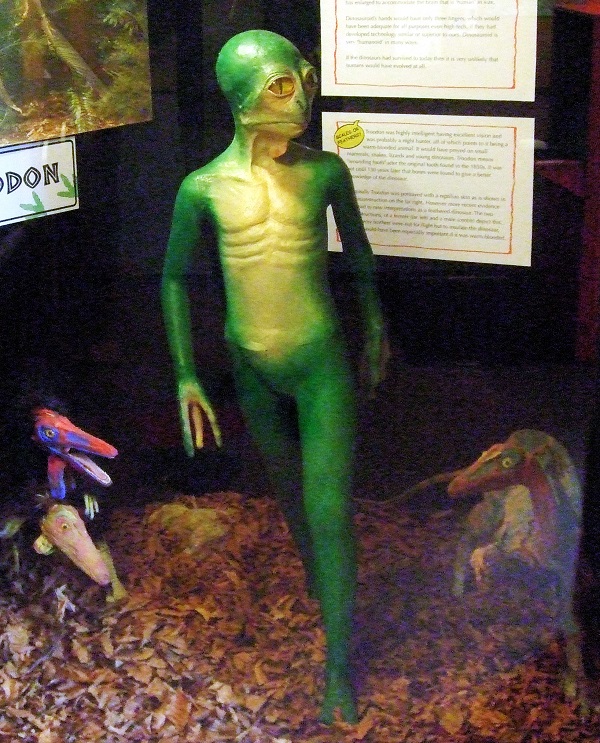 Move over—It’s getting crowded in this galaxy!
Move over—It’s getting crowded in this galaxy!
On Wednesday, February 26, NASA confirmed reports that it had discovered 715 new planets outside our solar system.
The newly discovered planetary bodies are what are called “exoplanets”–that is, planets which, although within our galaxy, do not revolve around our sun. All the new planets are in systems like our solar system, in which multiple planets circle a star. All are closer in size to Earth than to the much larger Jupiter. Four of the new exoplanets are in what scientists call “habitable zones”; that is, in zones where it’s not too hot or too cold to sustain life.
And the 715 planets were found circling just 305 of the nearest stars. Astronomer Carl Sagan used to say, there are “billions and billions of stars”–so today’s announcement makes it seem much more likely that there is water (and hence, life) on other bodies circling other stars.
* * * * *
But wait: If Mankind is unique—if we alone among God’s creatures are made in His image and likeness—then could there really be living beings on other planets? What does the Church teach about this?
In a word: Nothing. The Catholic Church has remained agnostic regarding potential life on other planets. We are neither gullible, true believers who are convinced that E.T. Is out there, waiting to meet us, nor are we skeptics who deny the possibility of extraterrestrial life. Just as God has created many different flowers and animals and insects, He could have created different life forms. Whether any of those forms exist which are sentient beings, made in His image and likeness, is amusing speculation, but the question will not likely be resolved in our lifetimes.

Kevin Considine, writing in the May 2012 issue of U.S. Catholic, reflected on the possibility of life on other planets. He quoted Vatican astronomer and Jesuit Brother Guy Consolmagno, who thinks that the prospect of intelligent life elsewhere in the universe could be theologically fruitful.
In a 2002 interview with U.S. Catholic, [Brother Consolmagno] observed, “I think we recognize that if they’re from Alpha Centauri or from the next galaxy over, they’re still God’s creation. It’s all God’s creation! If we ever find intelligent life, we’ll have an interesting dialogue about the nature of the incarnation.”
Consolmagno hits the theological bull’s-eye: The doctrine of the incarnation could be a starting point for the church to understand the presence of intelligent life (or life forms of any kind) on other planets. God chose to become fully present in the cosmos in the person of Jesus Christ. But God’s presence is infused not only into human beings and earthly creatures but into all of creation. There is nothing in creation that is outside of the presence of God. This would include extraterrestrial life.
This, however, raises the question: Do only human beings carry God’s image, or is the image of God found in all of the cosmos?
While “brother extraterrestrial” sounds a good deal stranger than how St. Francis referred to “brother sun” and “sister moon,” Vatican Observatory director and Jesuit priest Jose Gabriel Funes wonders why not “brother extraterrestrial”? It’s a way to recognize God’s presence in all of creation, including all life forms, he says.











